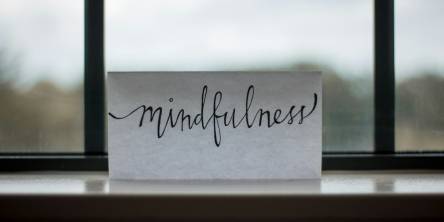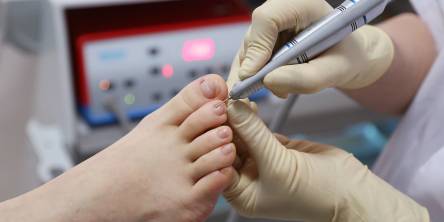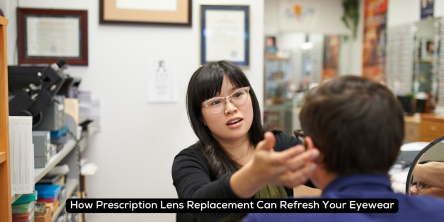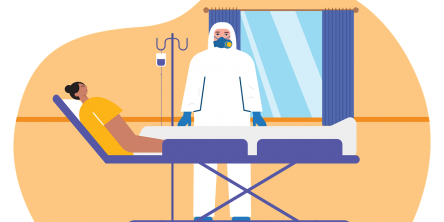Back Support Belts vs. Posture Support Chairs
No pain, no gain.
That is what every employee probably tells herself at the end of the day after long periods of sitting in their not-so comfortable office chair. Back pain is the price most people pay on top of putting on hours of auditing accounts, writing documents, or encoding data. But no matter what inspiring quote we use, the added agony isn’t worth it especially for our long-term health. We’d all still like to play some tennis or maybe golf with our friends after work.
Good thing support tools exist to help our backs and prevent unnecessary pain—but how do you know which one to use?
When to Use Posture Support Chairs
This is the most famous icon for ergonomics. It’s such a simple object. It’s just a chair. We sit on it. We lean on it. Sometimes, we even sleep on it. But it’s what ergonomists and companies blame for productivity loss and what they credit for efficiency. Posture support chairs come with specific features like lumbar support, adjustable height, or curved armrests, and a lot of other things, all with the intent of improving your sitting posture.
Because of the rising number of complaints about back pain caused by a sedentary lifestyle,—you know, sitting in front of your desk all day, not doing anything else—companies made efforts to improve the working environment. It’s the ideal tool for IT specialists, secretaries, content writers, and even CEOs who want a comfy executive office chair.
Science also recommends its use. Five studies of varied workstations discovered that employees described feeling less musculoskeletal pain after replacing their normal chairs with posture support chairs. In short, what you sit on does make a difference.
When to Use Back Support Belts
Belts used to be materials to make a fashion statement. But now, apparently, they help straighten your back. Support belts were initially meant for people who use strength in their daily routine, like athletes, construction workers, and mechanics. But office workers began using it on the premise that it prevents back pain. Back belts or back braces are also sometimes recommended for pregnant women to make it easier for them to move around without the pain caused by added weight and pressure on their spine.
Back support belts have plastic or metal structures meant to guide the curve of your spine and meant to embrace the lower back and abdomen to improve posture during work, regardless if you’re sitting on a desk, or walking around a construction site.
It’s really easy to use too, as it does not require you to make any adjustments in your work environment. Other benefits the product asserts include minimized pressure on the spine, increased intra-abdominal pressure, and strengthening of the spine.
There is, however, no sufficient evidence to support such claims. All studies regarding its effects were inconclusive leading the institute to withhold their endorsement in wearing these belts to avoid workplace injuries for people who have not yet been injured. If in case you still see advertisements of these products, do not easily fall for it. Unless you’re willing to pay more for something that hasn’t been proven effective at all, then the burden is on you.
Regardless of their benefits, tools only exist to help us live an easier lifestyle. The best belt there is or the best chair for posture will be tokenistic without some effort. There’s still some truth to the cliché, no pain no gain. The best response to a sedentary routine in the office or a demanding one in the field is still an active lifestyle, a good night’s rest, and a conscious effort in sitting standing, and walking properly—even if it takes some getting used to.
Similar Articles
Essential oils have been used for the longest time for the relief of the pains and other benefits that they pose. These herbal extracts are of great help for wellness because both mental and physical health can be benefited.
In today's fast-paced world, where the hustle and bustle of daily life often overshadow our well-being, embarking on a wellness journey is not just a luxury but a necessity. This journey towards better health is not a one-size-fits-all path but a personal exploration of what works best for each individual
The landscape of medicine is continually evolving, driven by groundbreaking research and innovative discoveries. This article takes you on a journey through the latest research frontiers in medicine, exploring cutting-edge advancements that hold the promise of transforming healthcare and improving outcomes for patients worldwide.
If you work hard and feel that your life could be healthier, you have come to the right place, as we take an in-depth look at ways that you can make your lifestyle a bit healthier.
Uncover the top foot issues managed by podiatrists. Explore prevalent conditions and effective treatment approaches for optimal foot health.
Discover how prescription lens replacement can give your eyewear a fresh new look and improved vision. Upgrade today for a clearer perspective!
Discover the path to a healthier future with Mediterranean diet meal plans. Unlock vitality and wellness through delicious, balanced nutrition
Ever felt parched after a long workout, a night out, or a bout of illness? While plain water is always the best first line of defense, sometimes your body needs more. Enter IV hydration, a growing trend in the wellness world that promises rapid hydration and a range of potential benefits. But is it all it's cracked up to be?
Learn about the advantages associated with employee communication platforms, their most common uses, and how they are changing the healthcare industry right now.









